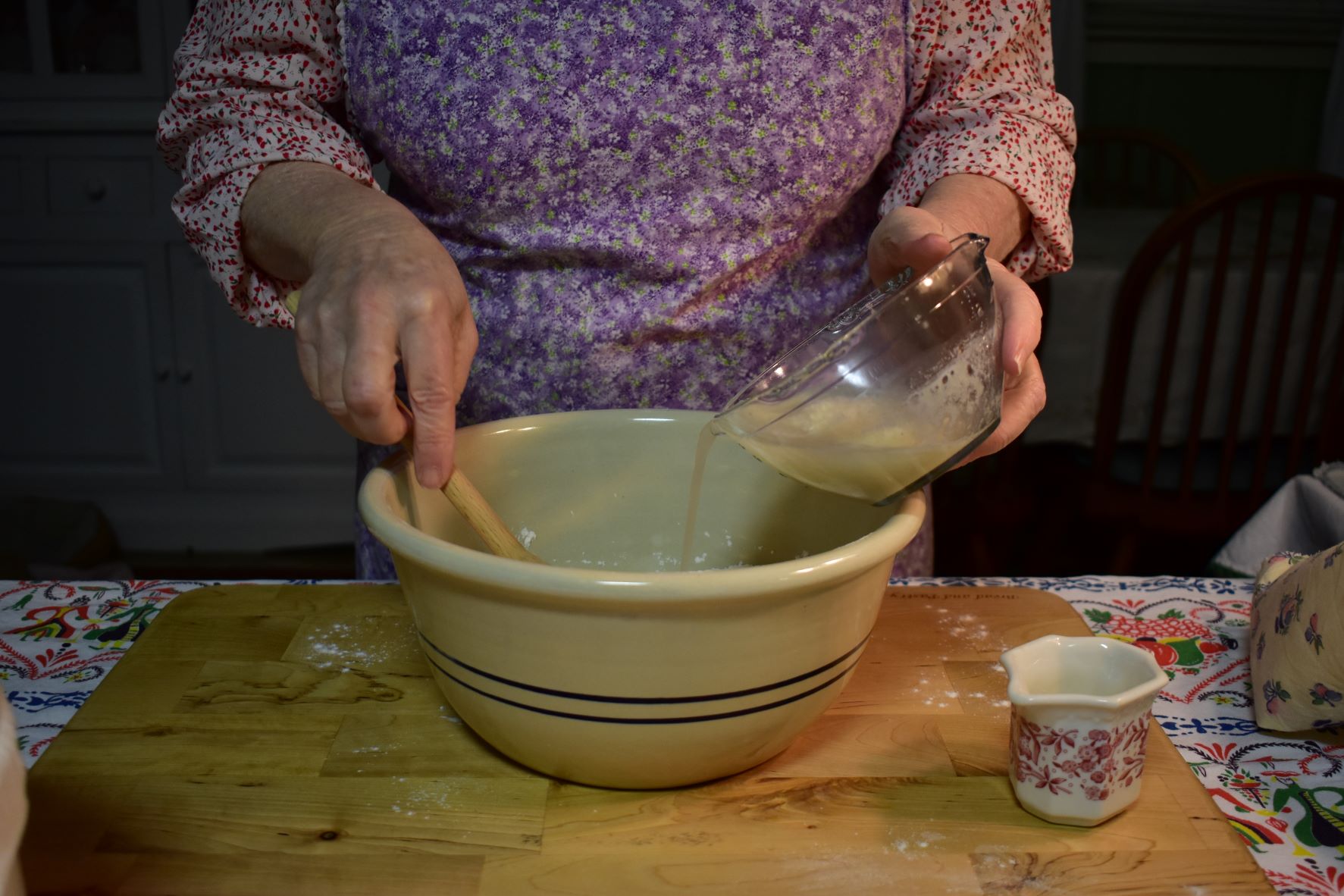 Since we have been studying the years during the great depression I want to talk about meals to fill the belly.
Since we have been studying the years during the great depression I want to talk about meals to fill the belly.
This is not a nutrition post or a certain diet post. This post is about what people did and how to get through financially difficult times.
My mother did not talk much about the Great depression years but she did say that they were hungry many times and sometimes all they had was a cold biscuit.
As I researched food budgets during the great depression years, I found many articles but I had a difficult time finding articles that were not being backed by a food industry, even long ago if possibly even more so.
Newspaper articles during this time had articles about having about a balanced diet and the importance of meat and vegetables and dairy and such as that. I agree with that we need a balanced and nutritious diet. However sometimes this is not always affordable.
I was thinking about how people shop now and Charles and I notice what people have in their buggies at the grocery store. I wonder how many people write out a shopping list based on what the family wants to eat or do they consider what the family needs to eat to stay healthy? We can find the answer to that by noticing what people are purchasing while we are in the store.
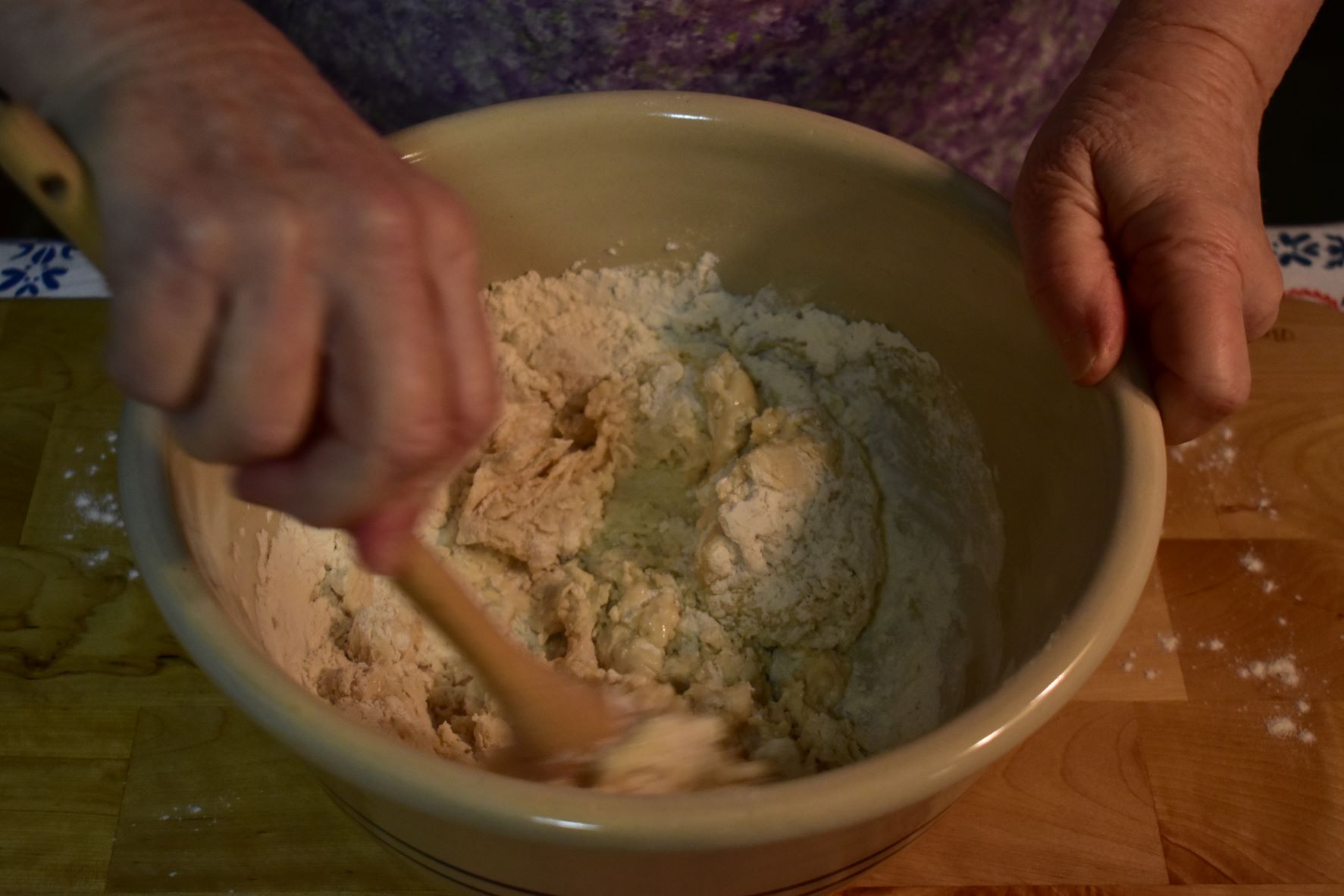
We can hardly discuss much of anything anymore without someone getting angry and there are so many different diets today that I feel that it would be very difficult to suggest a shopping list or a food budget that makes sense.
So I am going to talk about what people did during the great depression that had to find a way to feed their families and fill their belly because that is what happened to many people.
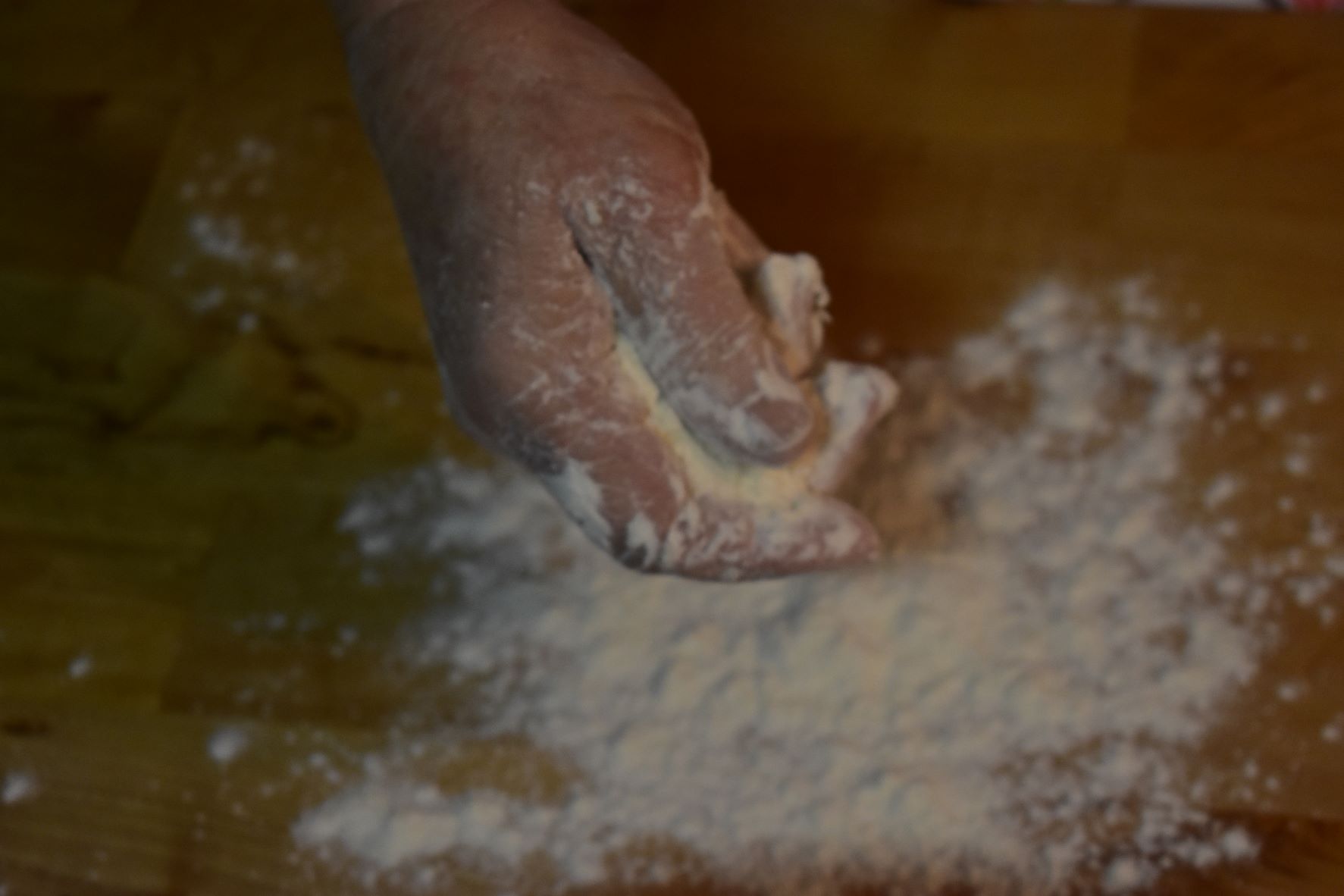
Today when we eat well, we eat organic fruits and vegetables, butter, meat, whole grains or no grains, or no carbs, or no meat, or more meat or more carbs and often there are no food budgets, people just go to the store and buy what they want to cook. That is okay if we are not on our path to saving money or trying to get through a difficult time.
I want to bring up a touchy subject about money by asking this one question. Do we have enough money to pay for a un-expected expense, or would that have to be put on credit?
If the answer is credit, then we need a food budget along with a household budget and we need to save and not spend. I feel that many people do not recognize the money they owe. We should write down the total of what we owe on our house, car, credit card or any other loan and face the reality. If we go out and purchase something and charge it without the ability to pay it off at the end of the month, we need a budget and live according as to how to stay within that budget. Sometimes we have to make some difficult changes but once out of debt it was worth it. Then we start saving and do our best not get in debt again. Big business does not look out for us, we have to look out for ourselves. Charles and I have been in debt before and we had to make changes, it is nothing to be ashamed of, it was some bad choices and we can do something about it.
A food and household budget is necessary. We cannot predict that there will never be another great depression or any kind of a disruption.
Charles and I do our best to grow the vegetables that we can grow here on our small property that our house sits on and we grow vegetables in containers of most any kind.
If we have only $25.00 to buy groceries for the week we would have to thoroughly work it out to see what we could buy that would fill our belly so that we are not hungry verses how well can we eat this week.
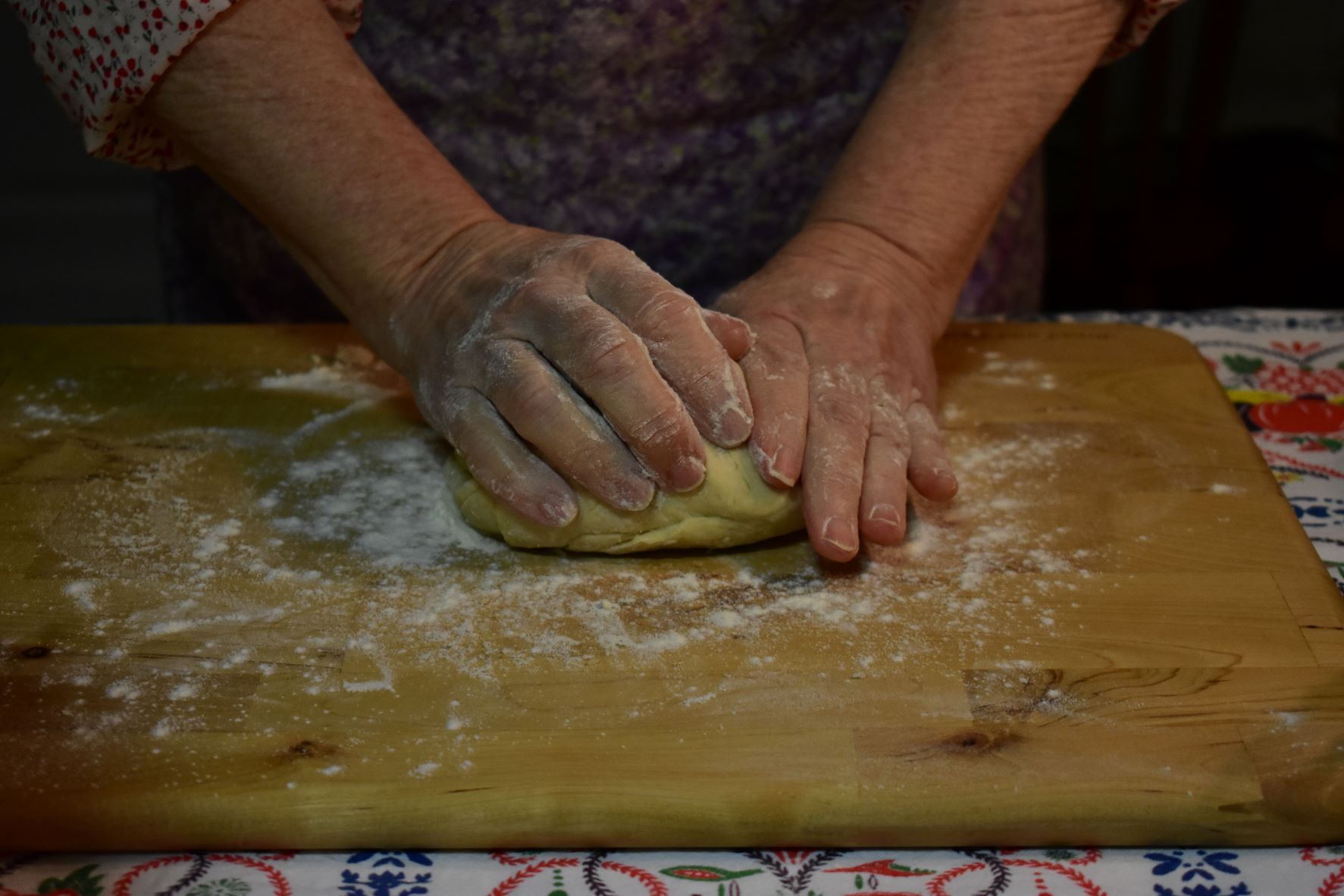
One thing people did in the past that is not done as much today is that they hunted and fished during the 1930s. They brought home food from going into the fields and woods. But they did not over hunt or over fish. They did not have large freezers as we have today. Matter of fact if you research the new electric refrigerators during the 1930s, you will find there is a tiny little freezer in the refrigerators. In some towns and cities people could rent ice lockers to keep things cool.
What they did do was canned, salted, dried, fermented and pickled their food.
Living in the city was quite a bit different. Small town living they would have had a grocer/mercantile, a visit to a farmer that sells from the farm, they could go hunting or fishing. It makes us think about where we live today, are we in a good position to be able to grow at least some of our food or have close enough access to get to a lake or river to fish?
Many people knew how to recognize edible food such as dandelions, Polk, wild berries. You can purchase dandelion seed to grow dandelions if you don't have enough wild in your yard.
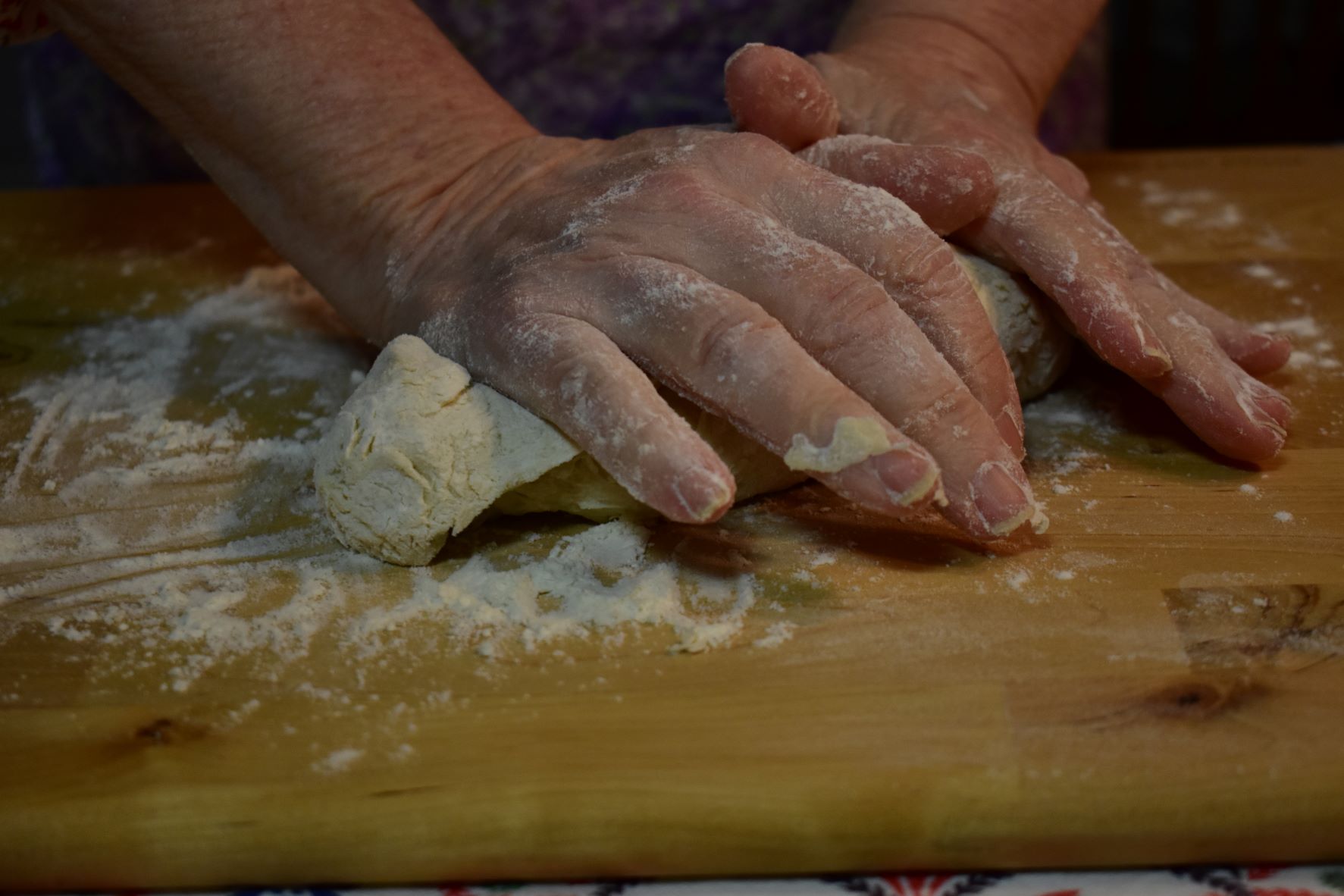
To make food go further they would make an item as an ingredient instead of a single food. Instead of fried chicken or baked chicken, the whole chicken went into the pot and boiled and part of the boiled meat was used to make a casserole, chicken and dumplings, a savory pie, chicken soup or stew. The broth was used in many ways as ingredients to other dishes. The fat that rises to the top when cold can be skimmed and used as well when needed.
In the south a pot of cooked greens, such as collards, turnips or mustard greens would have corn dodgers laying across the top of the greens in the pot during cooking. The corn dodgers was added to stretch that meal, or that could be the meal.
Charles and I normally eat a meat, vegetable and carb. But we know how to stretch that when we need to and that is what is important.
Biscuits could be eaten many ways and probably one of the most often eaten food item in the deep south and probably many more areas was, biscuits and gravy, syrup butter and biscuits, biscuits baked on top of a casserole such as chicken, peas, carrots and gravy with biscuits baked over the top. Similar to chicken pot pie but biscuits instead of pastry. Sausage biscuit, ham biscuit would have been a luxury.
Many times syrup, butter and biscuits were an evening meal.
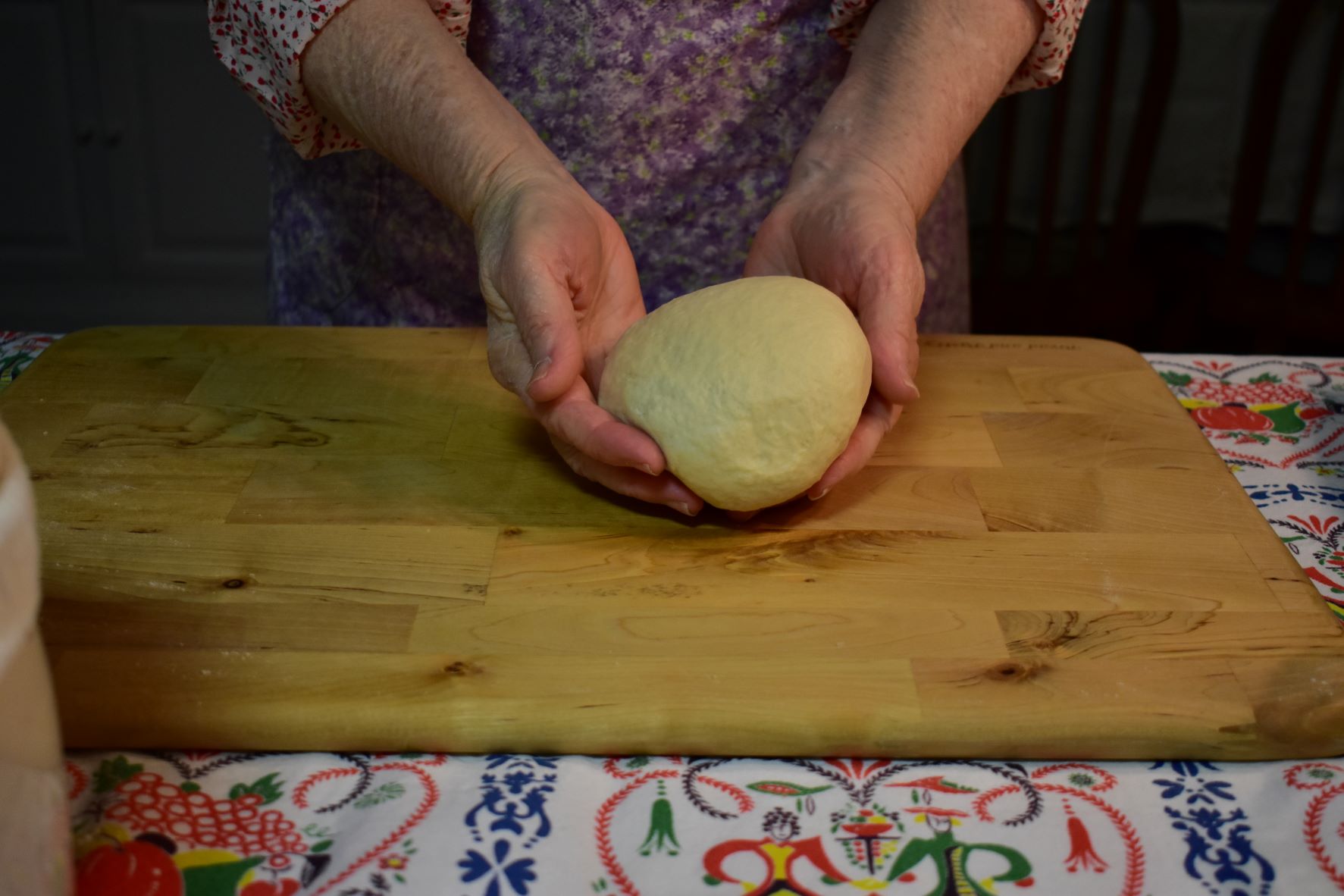
Making homemade bread, biscuits, crackers, rolls, cornbread, flatbread was just something that was done just like making the bed in the morning. I was part of the routine. Setting a sponge as talked about in Sarah's diary was her preparing her sponge for her bread so it would rise.
We waste a lot of money at the grocery store when we have no routine with food preparation. For those doing the great depression study we have our tins, coffee cans, small boxes or jars or whatever we found to keep our grocery money. When we have only a certain amount of cash to spend and that money is kept in our grocery tin, that is what we go to before we go to the store to shop. This money has through last us to the end of the month or end of the week depending on how we set it up. We have to know what meals we are going to make or we will most likely not make it through the month. The hope is that there is a little left over to put back for thread, yarn or fabric to make an apron.
Everyone has to set their own food budget but with much consideration. If we challenge ourselves with a very limited amount we will feel good about our accomplishments. If we go over budget, then we look to see why and adjust the budget but not to make it easier on us but because there was not enough food or too much food.
One challenge that we have today is that food prices are going up rapidly and another good reason to do this study. Do not try too many new recipes, that would require us to go out and purchase particular food items just for that one recipe. We could have leftover ingredients that would go to waste. Try to stick to basic ingredients that will make many things. Possibly rotate the weeks menu over and over with slipping in a change every so often. Do you know the amount of a single daily serving of the food that you eat?
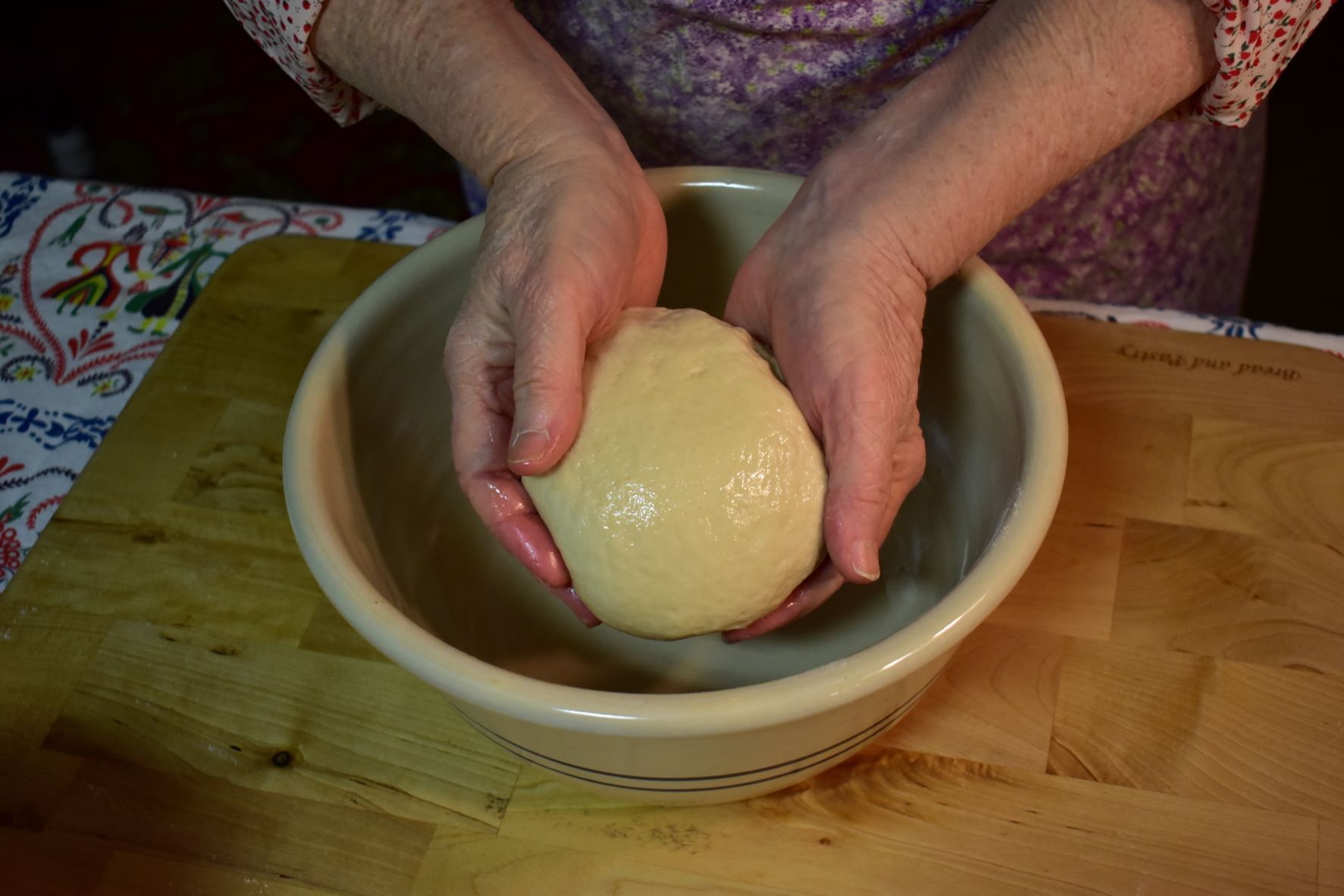
Every fruit, nut or vegetable has a season in which it will grow. In the past, people would not let any of that go to waste. They would eat part of it while fresh and preserve the other part such as canning, dehydrating, fermenting.
There are spring crops and summer crops and fall crops long ago and today, nothing has changed with that but we can hardly tell that now because many of our grocery stores have it all year around because it is being shipped from all over the world.
Squash needs very warm or hot weather as well as melons and particular vegetables. Some vegetables struggle when the weather gets very hot. There is an apple season, pecan season, peach, pear, figs and on and on. I am pointing all of this out because in the past, people understood the seasons and the importance of preserving the food. Preserved food can get you through a non producing season, a financial hardship, a time of sickness.
If we do not garden we can shop produce markets and farm stands and purchase in season fruits and vegetables so we are not buying food that was picked and gassed or treated to survive the travel and time to reach its destination. For a vegetable or fruit, the further from when it was picked the less nutritional value it has.
I have thought about what all goes into picking a vegetable or fruit and then shipping it across the country or overseas. If we have any kind of garden and we harvest something out of the garden we understand how quickly that vegetable or fruit will shrivel and go bad. I have read that in three days the nutrients have declined by 30 percent. I cannot say if that is a fact, but a fact that I read.
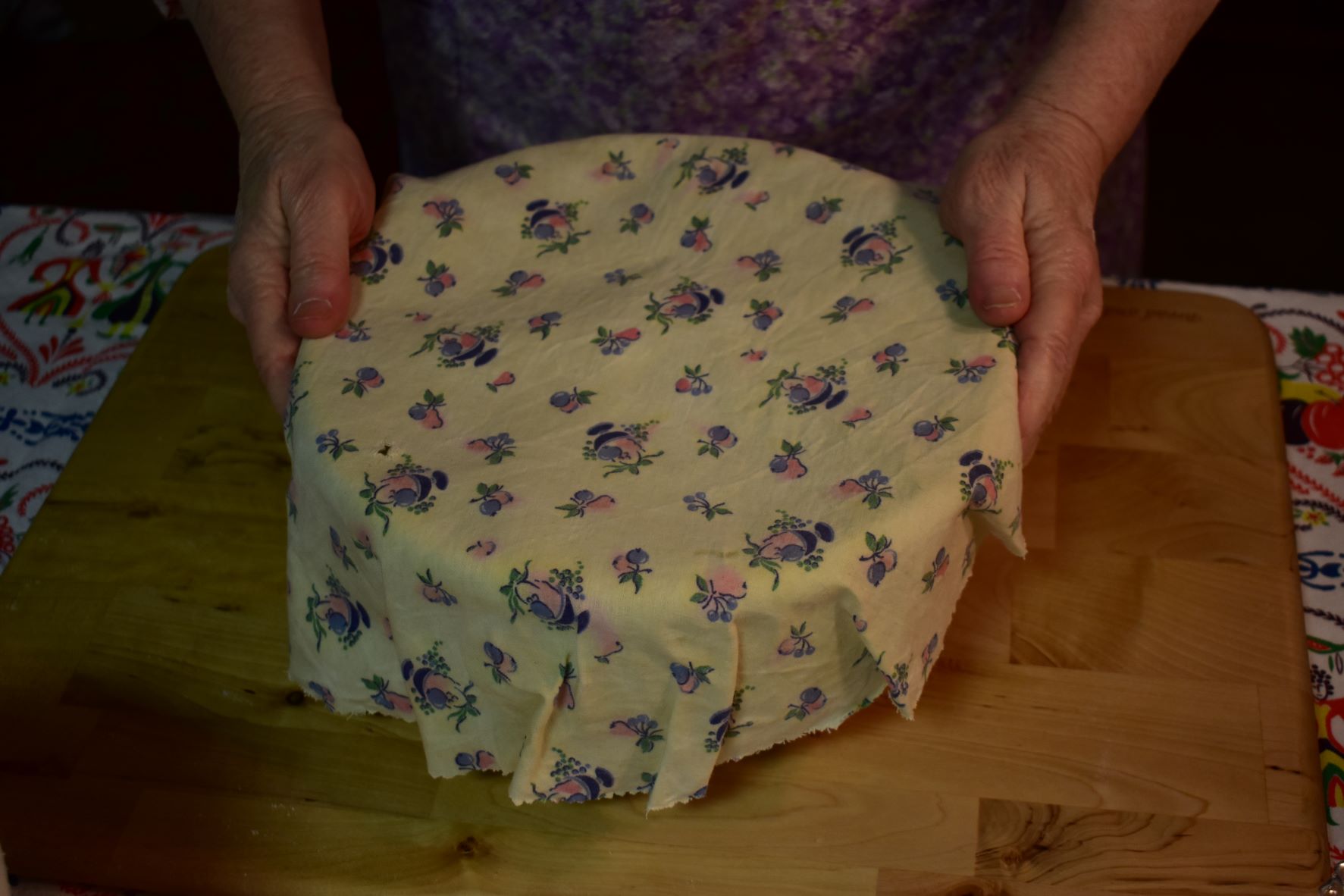
I have talked before about the nutrients are in the broth. In the south that would be called pot liquor or potlikker. Such as collard greens, turnip greens, or mustard greens after cooking will have leftover liquid. Those greens were cooked in that liquid and instead of pouring that off, people understood that this too is food and nutrition. We do not pour our good food down the drain. The juices from cooked food are a meal in itself, thus pot liquor. Pot liquor with cornbread is very good and you can add it into soup. The Pot Liquor can come from any vegetable, peas, carrots, beans.
So stretching a meal would be to save the juice, save the broth, save the liquor from cooking vegetables. These are just some ways to fill the belly and actually you are getting extra nutrients.
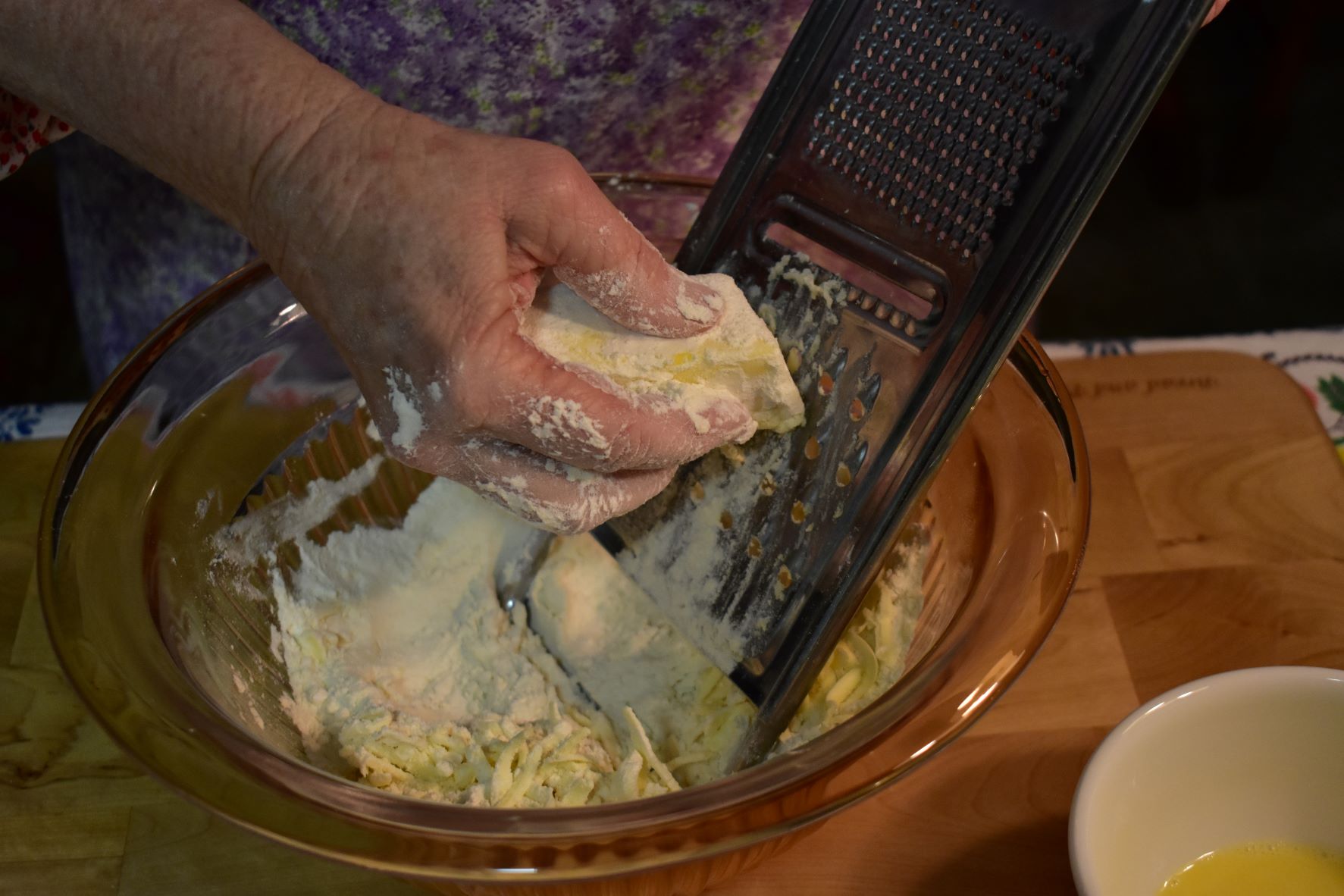
People eat differently around the world but our generations before us knew what food they could stretch and what juices and liquors would be added nutrition in the soup.
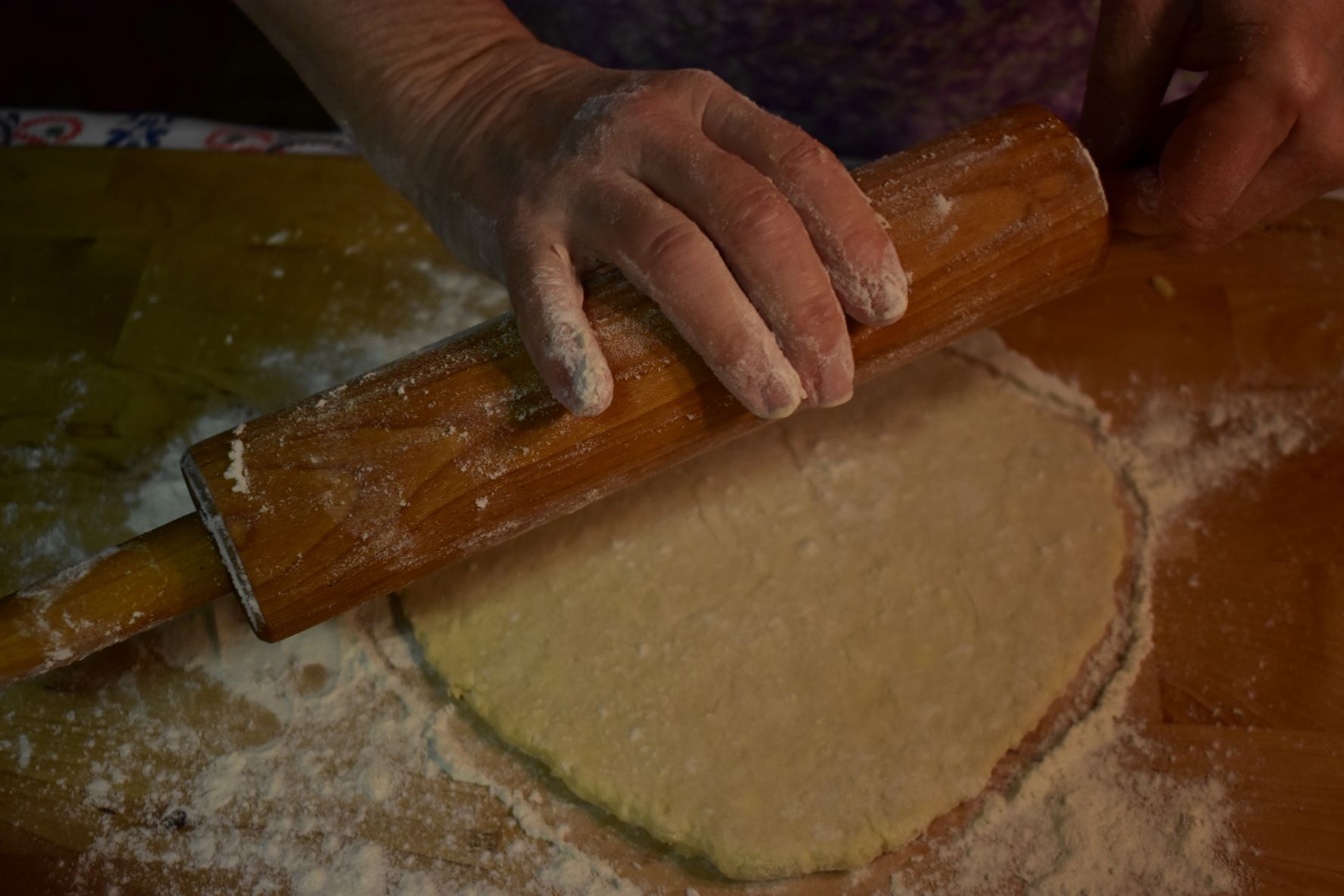
Another thing that was made to fill the belly was pie. It could be savory or sweet. Meat pie, fruit pie, pot pies, hand pies. To stretch the food instead of eating just the single fruit, meat or vegetable, it was an ingredient.
The fruit is very good nutrition just as it is. I am not saying do not eat fruit by itself, I am saying that if times are hard with money then cut up the fruit to stretch it if more than one person needs to be fed.
If it is meat or vegetables then make a large soup.
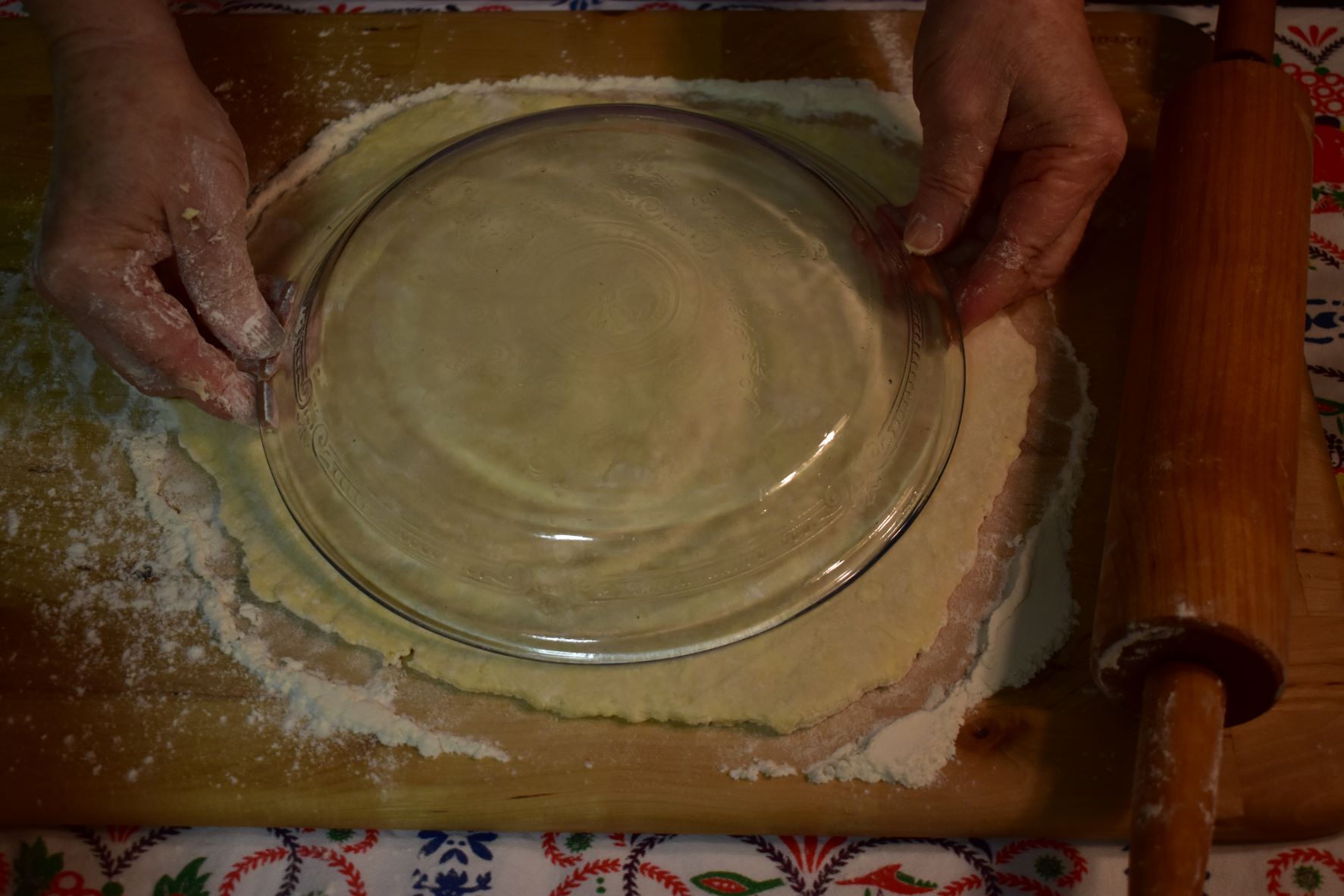
What we are talking about is there was filler food but it was not a bag of pretzels or potato chips, it was homemade filler food. You can make so many things if you have simple basic ingredients. Flour, yeast, sugar, salt, butter or shortening, milk, dried or fresh, cornmeal and oatmeal. With these ingredients you can make most anything stretch.
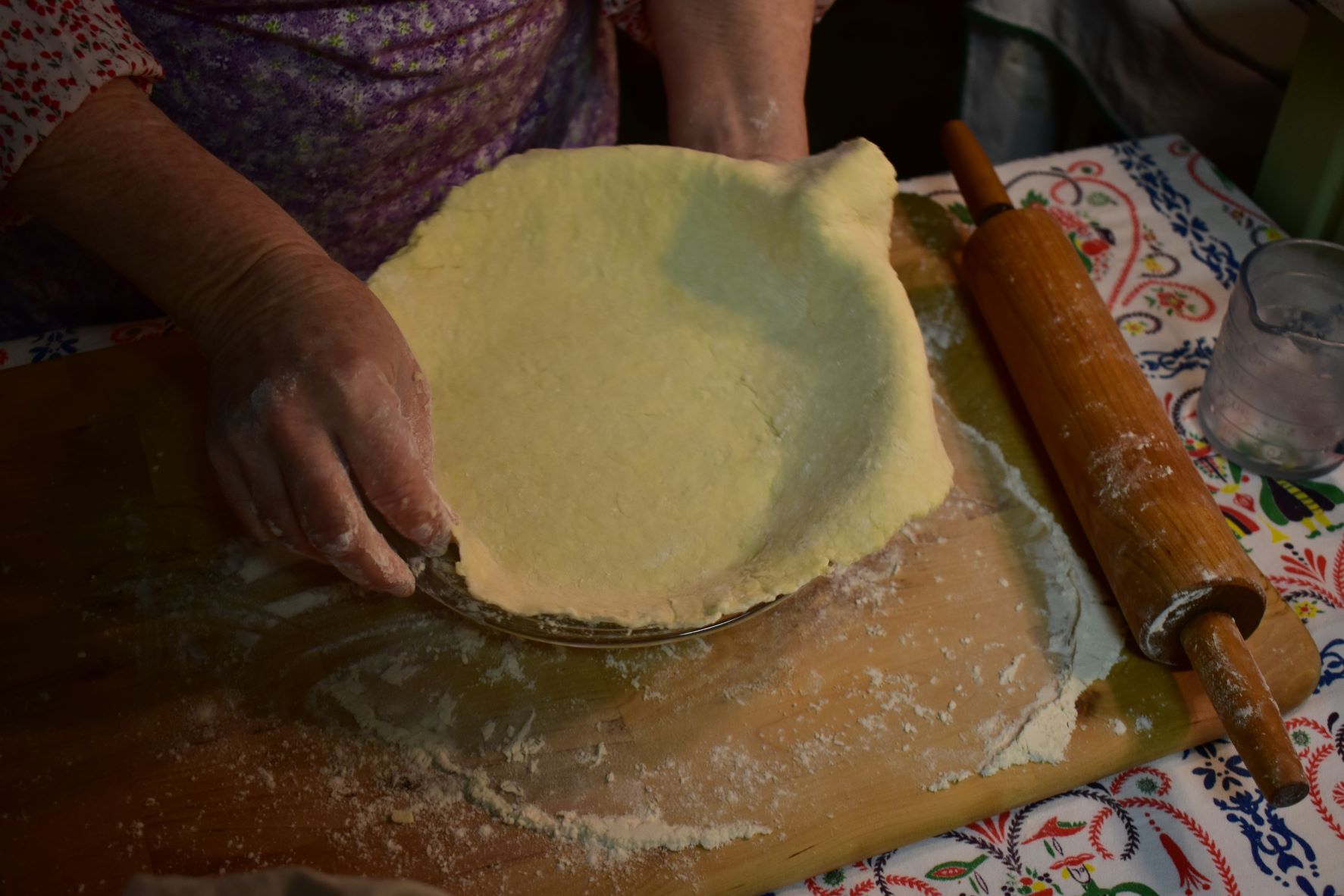
As we go through life and we do certain things over and over it is not difficult to cook and bake. We understand what we need to have on hand and how to prepare ahead and we save money when we can cook and bake like this.
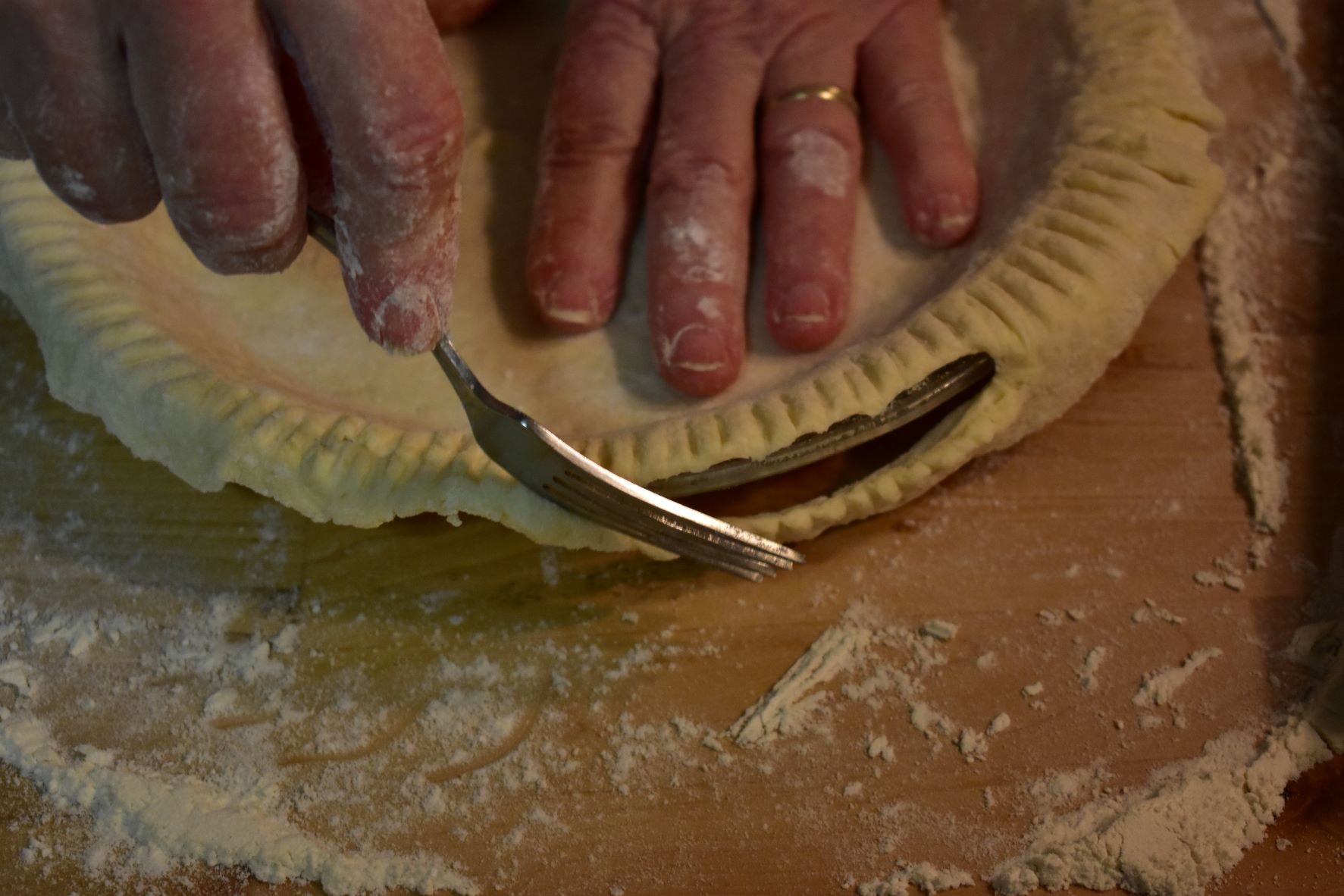
We should not over eat, that is up to us our portion size and what we eat. In the past people ate what was available and if they turned that into soup, pie, pudding, cake or casserole that is what they did.

If you keep on hand the basic ingredients you will save much money on your food budget.
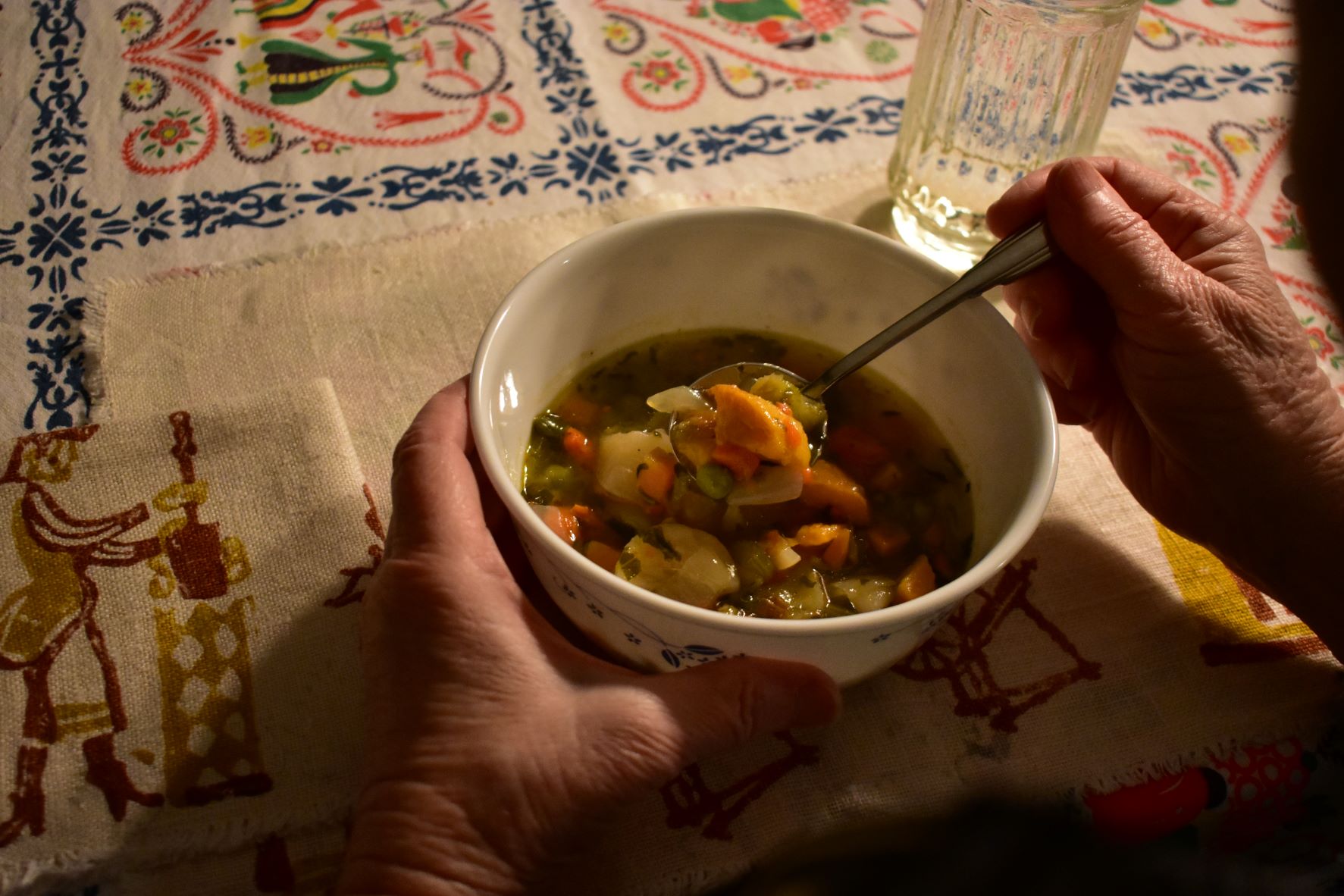
If you take food that is leftover and store it in the fridge, after a few days you can make a soup out of it as we did this week and it was delicious.
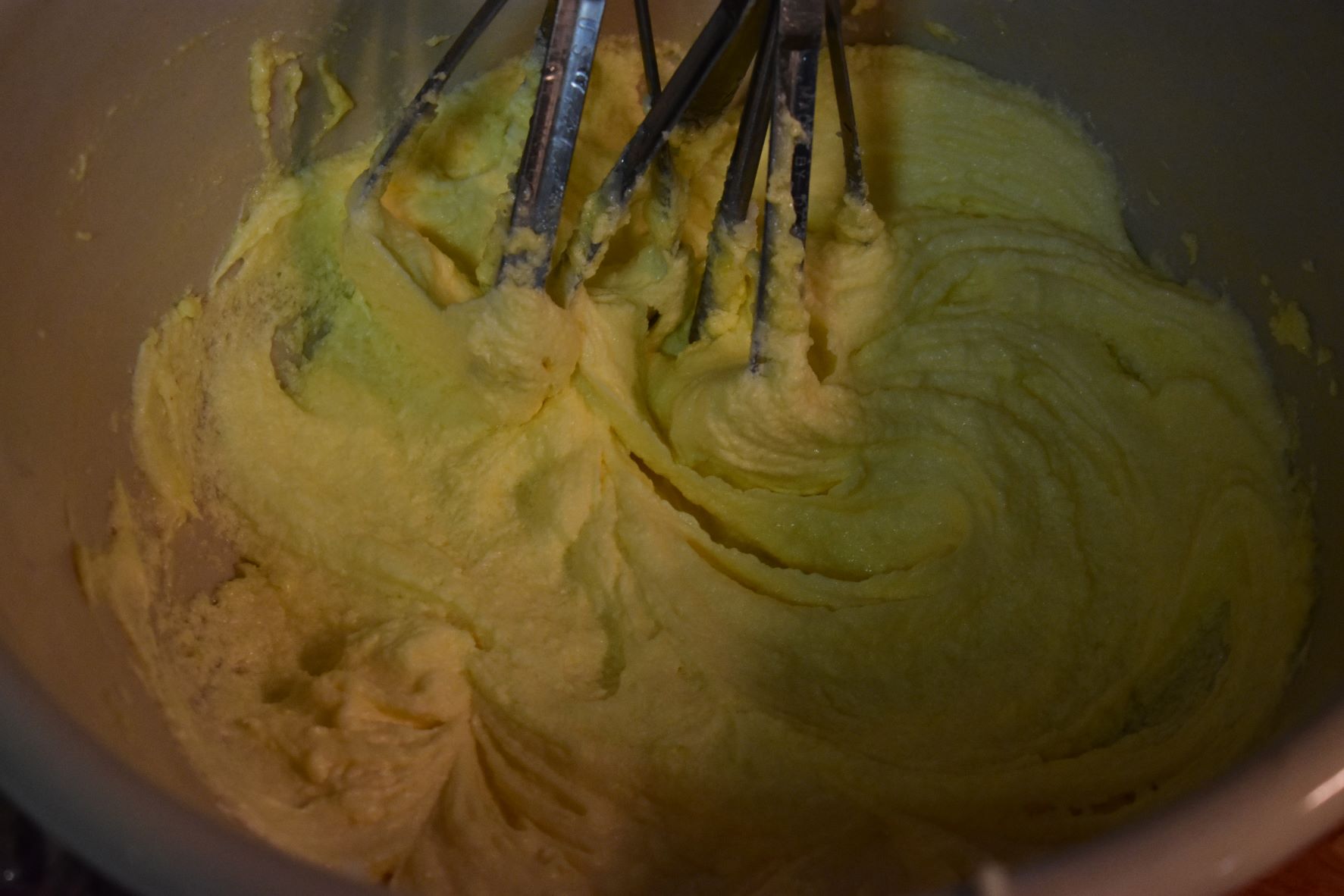

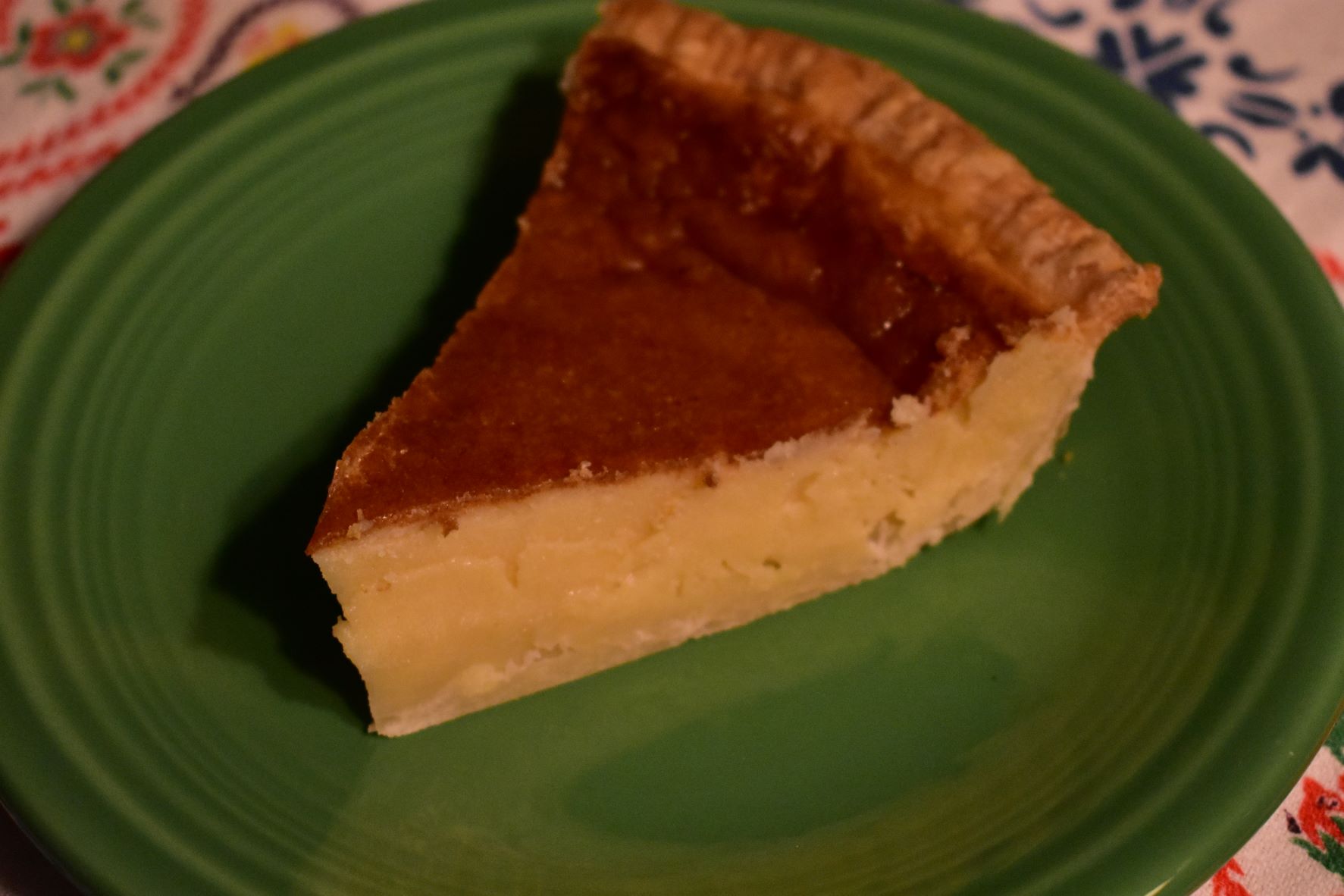
Meat was not eaten at every meal as it often is today. Bread was baked routinely and most anything could be put on that bread for a sandwich. During vegetable season, fried peppers, cucumber and onion or just onion or just cucumber. Tomato sandwiches were often served, fried potato sandwich, Eggplant and zucchini or most anything could be between that bread. Yes there is a lot of carbs there but it is better than going hungry.
Pasta is probably one of the easiest ways to fill the belly and it can be most anything with pasta and sometime just pasta with some milk and butter, garlic if we have it. One of a family favorite at our house is egg noodles with milk and butter, salt and pepper.
So what this is about is stretching food to fill their belly when the budget is tight and food costs are soaring. If we are fortunate to have some ground beef, turning that into a beef vegetable soup or large pot of spaghetti instead of hamburgers would serve more people. If we live alone or just two like Charles and I, we divide the meat into portions for our needs as soon as we get it home and put it in the freezer.
Be careful with the amount we cook so we do not waste, sometimes we do not need that full onion and we could cut it in half and save the other half for another meal. Julienne carrots to make them go further. Pancakes is a very simple breakfast or evening meal.
I could mention many meals but since people live around the world food choices are different but the understanding of what this is about is what is important. Know how to stretch our meals to fill our belly during hard times.
I would like to know about how you stretch a meal where you live because we are spread out all over this world.
Grandma Donna
